First Aid Facts for Kids 2024! (Interesting Fun Facts)
Learning a little first aid can help you take care of your friends and even yourself if someone gets hurt while playing or has an accident. Being calm and knowing what to do is important. Always try to avoid situations where you could get hurt severely.
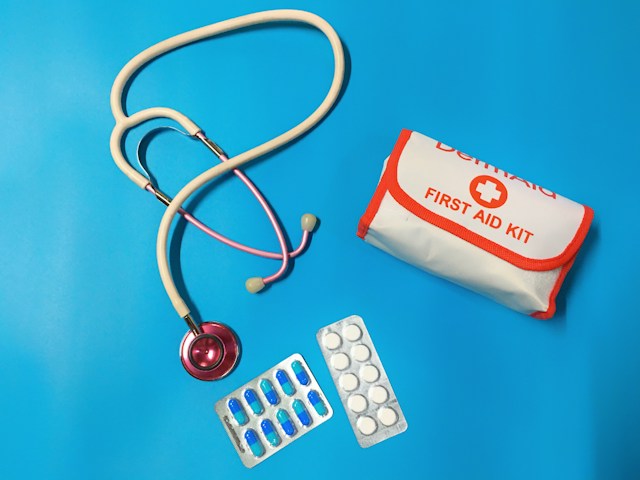
Notify an adult if hurt or injured, even if it is small. When the adult help arrives, there are a few first-aid steps you can take to keep the problem from getting worse.
Follow the steps and tips to take care of yourself and your friends through first aid. So, here are some facts about first aid for kids.
Staying Calm
The first step is to stay calm. Do not panic. Take slow, deep breaths in and out if you start to get scared when someone gets hurt. This will help your body relax.
Looking at injuries can be frightening, be it your own or a friend’s. But try to focus on helping or getting help. If your friend is hurt, speak in a gentle and reassuring voice. Say, “I’m here to help you, and I’ve learned some first aid.”
Distract your friend from the pain by talking about happy things while you give first aid. You can tell jokes or play some talking games like “I Spy.”
Getting Help
If the injuries are bigger, please get help from an adult. Tell an adult right away if your friend:
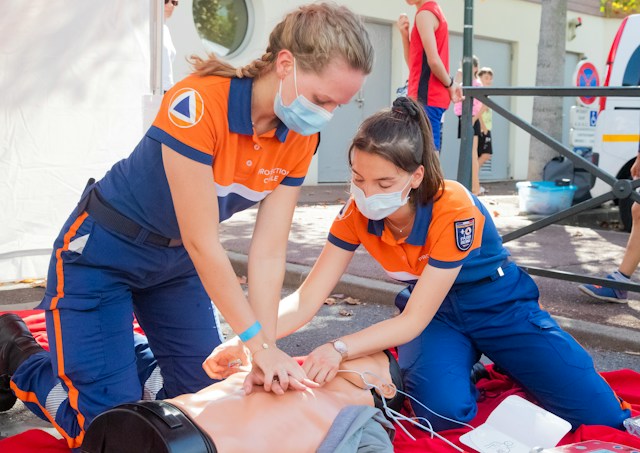
- Is having trouble breathing or becoming unconscious
- Can’t move an arm or leg, or you suspect a broken bone
- Is bleeding a lot (more than a small cut)
- Got a bad burn over a large area
- Is throwing up or has diarrhea after swallowing or touching something poisonous
- Or anything out of the ordinary
Call emergency services for serious injuries and poisoning so an ambulance comes quickly! Every minute counts. Adults know who to call for emergency help, like 911, doctors, or nurses.
Don’t try to move a friend who might have an injured neck or back. Wait for emergency helpers.
Stay with your injured friend until an adult comes to help. Keep them warm with a blanket or coat.
Preventing More Hurts
In case of an accident, look around the area and remove anything that could hurt you or your friend more. For example, if your friend got burned at a hot stove, carefully move them away from the heat source that hurt them.
Make sure no one gets too close and might accidentally bump into them or their injury. Give them space.
Knowing First Aid
If the injury is common, small, and can be cared for by smart kids like you before an adult helper arrives, here are a few things you can do!
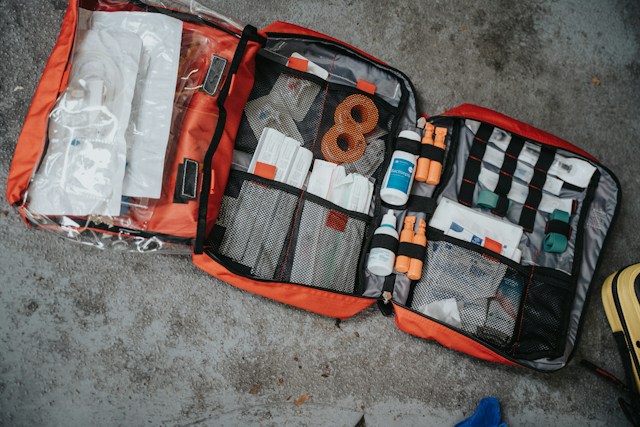
Note: In any case, small or big, make sure you tell an adult about it. Tell your parents, teachers, or guardians.
1. Cuts and Scrapes
If you or your friend gets any cuts and scrapes, follow these steps:
Step 1: If your friend is hurt, have them sit or lie down in a comfortable position if they cannot stand and walk.
Step 2: Gently wash the cut with clean, cool water. Use soap and gently remove dirt if you have some.
Step 3: Take out the antibiotic ointment packet from the first aid kit. Squeeze some of the cream onto the cut using the tip of the pack or a cotton swab so you don’t contaminate it.
If the tip of the pack touches the wound, the medicine in the tube will get contaminated. Touch the medicine only with clean hands. Using a cotton swab is the best option.
Step 4: Cover the wound with a sterile bandage or gauze pad and medical tape if it is big. If bleeding heavily, apply pressure with a cloth for 10 minutes.
Step 5: Look for signs of infection, like increasing redness and pus over the next few days. Tell your parents!
2. Nosebleeds
In case of a nosebleed, there are emergency first aid that you can do before the adults arrive. Seek help from an adult, but take the following steps to make sure that the situation won’t worsen.
Step 1: If your friend is having a nosebleed, have them sit leaning forward. Tilt their head slightly forward, not back.
Step 2: Pinch the soft parts of their nose tightly for 10 whole minutes while timing it. This applies pressure to blood vessels
Step 3: Put an ice pack wrapped in a cloth or towel on their nose, over the hard bone, to constrict the blood vessels and slow bleeding.
Step 4: give your friend a tissue for any dripping blood. Have your friend spit out swallowed blood rather than stomach it.
3. Sprained Muscles
A sprained muscle is very painful. A sprain means twisted ligaments and tissues around a joint. How do you know if there is a stained muscle? The sprained area swells with blood and fluid.
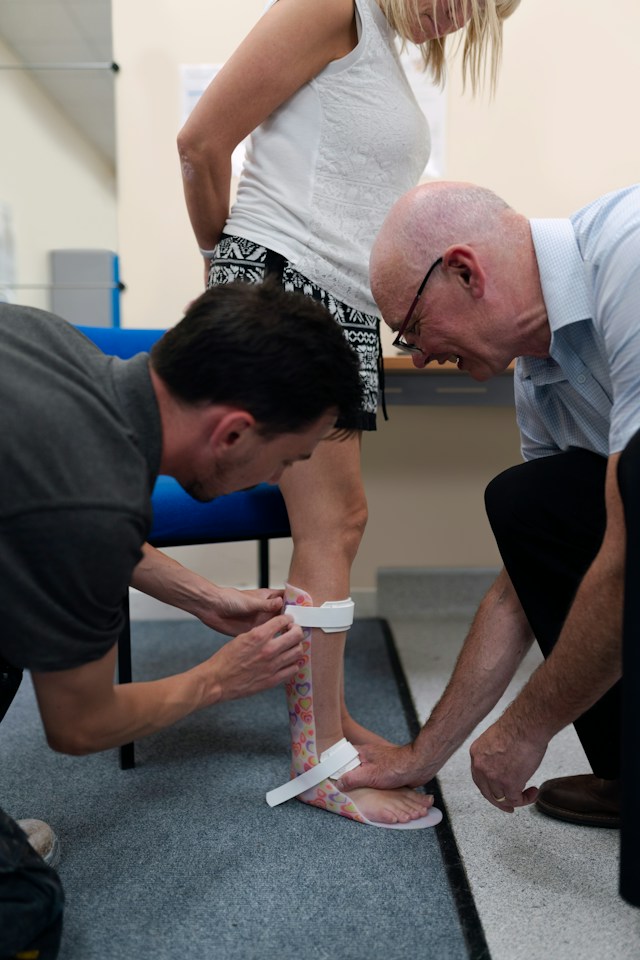
If you or your friend has a sprained muscle, seek adult help, but in the meantime, follow these first aid steps:
Step 1: A sprained ankle should be rested and elevated above heart level. Elevate the hurt arm or leg up on pillows to reduce swelling.
Step 2: Apply an instant reusable cold pack from the first aid kit or use a bag of frozen veggies wrapped in a towel. Put over the sprained area for 15 minutes to prevent more swelling and bruising.
Step 3: Compress the area gently with an elastic bandage to limit swelling and support the injury. Check if the fingers and toes stay in a normal color. Remove the wrap if feeling numb and looks discolored.
Step 4: Use crutches to avoid walking on a sprained ankle. It needs time to heal. This will probably be prescribed by the doctor. Listen to them!
Check out our article on Flood Facts for Kids.
4. Small Burns
Burns are very painful, and call for immediate help if the burn is severe. In case of an accidental small burn, provide the following first aid by the time the adult arrives. Be very careful while doing it. For small burns, follow the steps:
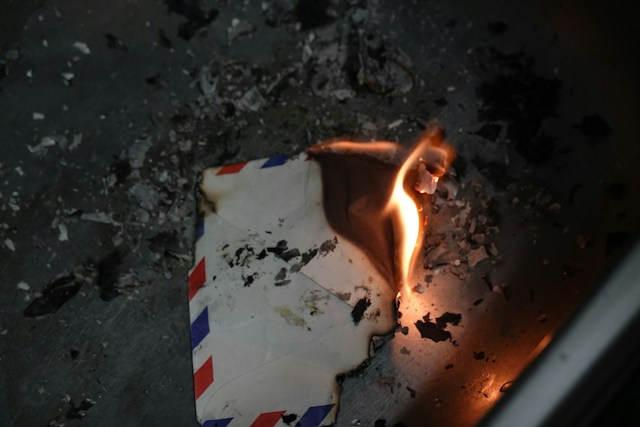
Step 1: Immediately put the burned skin under cold running tap water for a full 20 minutes. This reduces injury and pain by cooling the skin. Do NOT apply ice or butter!
Step 2: Cover loosely with a sterile, non-stick bandage or clean cloth to protect blisters from breaking and getting germs in them.
Step 3: If there is much pain, over-the-counter oral pain relievers can help ease pain. Acetaminophen (Tylenol) or ibuprofen (Advil) work once the burn has been cooled. Do not take this step if you are unsure. Always ask an adult about this.
Seek emergency help for;
- large burns,
- charred or blackened skin,
- burns with white or brown patches or
- large blisters.
These dangerous deep burns need special medical treatment.
5. Choking
If you find your friend choking, find emergency help. Quickly tell an adult if your friend is clutching their throat and can’t talk, cough, or breathe! Here is how the adult will help and what you should keep in mind to ensure safety.
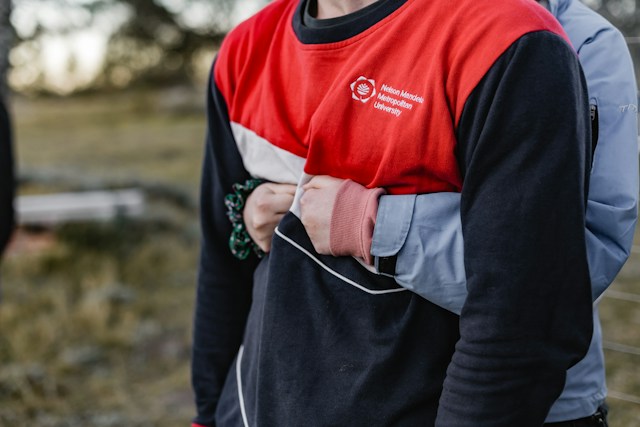
Don’t slap them on the back. Don’t stick fingers in their mouth – this could push the blockage deeper into their windpipe!
Step 1: An adult can perform 5 back blows between the shoulder blades along with 5 abdominal thrusts to help dislodge stuck food.
Step 2: If the choking friend becomes unconscious, the adult will start CPR and call emergency services.
Note: In case of choking, always seek help from a grown-up. Call your teacher, parents, guardian, or school nurse. They’ll call emergency services if necessary. Severe choking prevents oxygen from entering the lungs and bloodstream. It can be dangerous if not treated immediately.
Frequently Asked Questions (FAQs)
What should I put in my first aid kit?
A good kid first aid kit has bandaids, gauze pads, first aid cream, cotton swabs, rubber gloves, tweezers, a cold pack, a mini flashlight, wound cleaning wipes, medical tape, safety scissors, a thermometer, and emergency phone numbers written down.
When should I get an adult right away for injuries?
Get an adult fast if your friend is bleeding a lot, having trouble breathing, not moving an arm/leg normally, throwing up or feels very dizzy after a bump to the head, has a big burn or one with bubbles on the skin, or you think their injury is really serious.
Can I treat my own small cuts by myself?
Yes, as long as you have been shown how. Make sure to wash small cuts with soap and water. Put on antibiotic cream from the first aid kit and a colorful bandaid to protect it. Show cuts to your parents, too, even if you covered it up yourself.
Can I make my own instant cold packs for first aid?
Yes, you can! But ask your parents or guardians to help. Combine 1 cup water and 1/3 cup rubbing alcohol in a strong zip-top freezer bag. Wrap the liquid bag in a hand towel before use to avoid freezing skin. The alcohol lowers the water’s freezing point so it stays slushy instead of solid ice. Store any homemade cold packs in the freezer.
Conclusion
Knowing a little bit of first aid lets you start helping right away if someone gets hurt. Ask your parents or teachers to teach you how to do these in person. Stay calm, get an adult for serious injuries, and follow these tips while you wait for more help.
Keep practicing first aid at home using dolls or stuffed animals as pretend patients! The more you prepare, the more confident you’ll feel helping friends if real emergencies happen. Knowing what to do can make a big difference!
